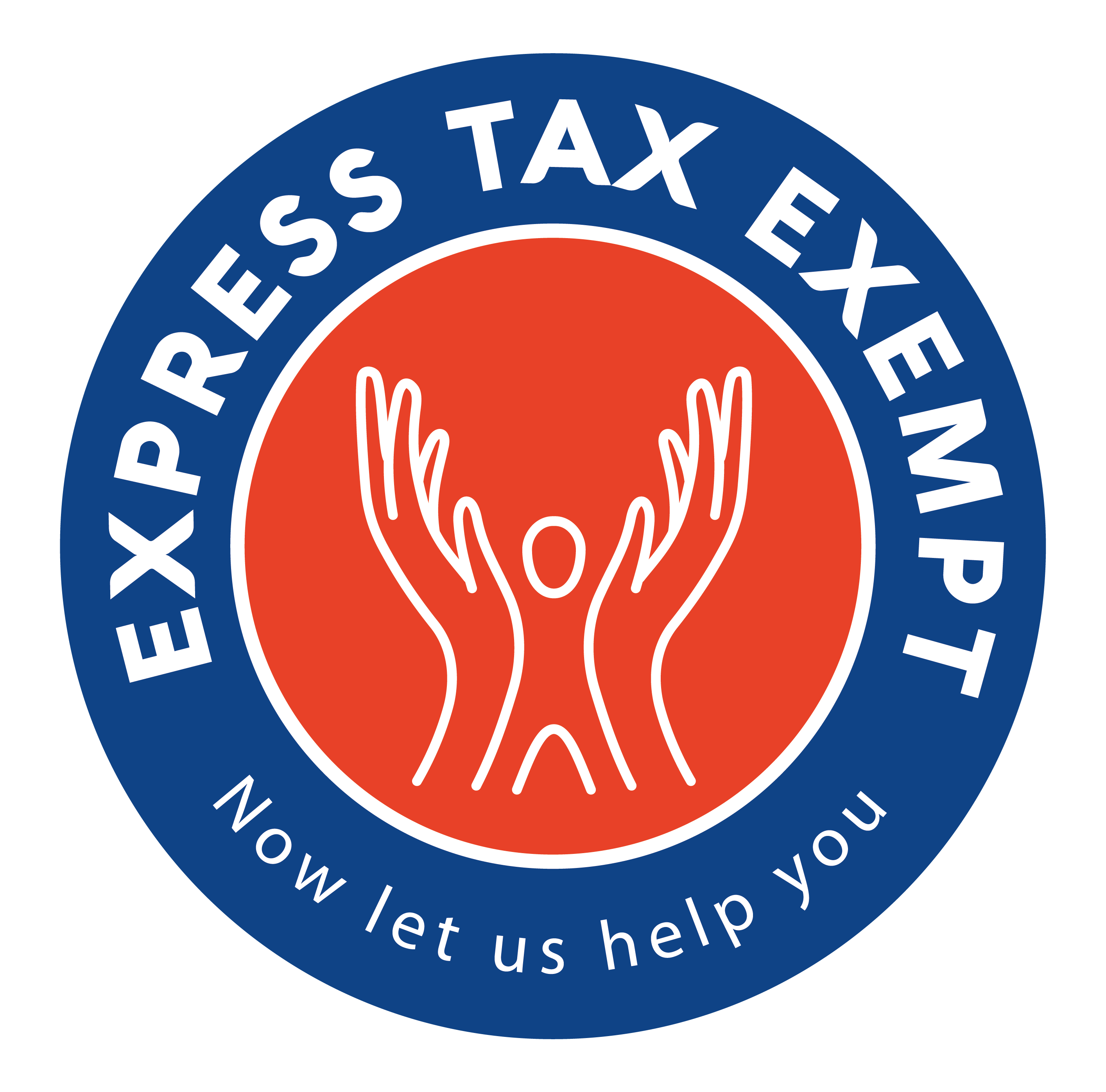How Does An Organization Receive 501(c)(3) Status?
The Express990 team has been…. you know the title of this blog is just one of those questions that you don’t want to read through a lengthy introduction to finally come to the answers. I’ve also been pondering this question, so let’s just get right to it shall we…
What forms need to be filed?
There are two main types of forms an organization can file to get exempt status: Forms 1023 and 1024.
- Form 1023 is exclusively for 501(c)(3) organizations and comes in various fashions. Form 1023, the largest of the 1023 series, is 26 pages long and includes 8 different schedules. Because of the complexity and length of this form, the IRS decided to make smaller versions. The i1023 is an online interactive version of the 1023 that has auto-calculated fields and help buttons. This form is then downloaded, printed out, and mailed in. Form 1023-EZ is for 501(c)(3) organizations that will have gross receipts of less than $50,000 and total assets of less than $250,000. The 1023-EZ is only 3 pages long but still requires the same $400 filing fee that is consistent for all of the applications.
- Form 1024 is for all other organizations other than Section 501(c)(3). Most of these organizations can self-declare their tax-exempt status, but must still file a Form 990. If an organization of this type has its exempt status revoke, it must file a Form 1024 to be reinstated. The only exceptions are Sections 501(c)(9) and 501(c)(17) organizations, as these cannot self-declare. There are 11 schedules connected with the Form 1024, but only one schedule will be used with each type of organization filing.
Filing for tax-exempt status can seem like a daunting task, but if you keep your ducks in a row, it won’t be nearly as stressful. First things first: do your homework. Make sure you have all the information and paperwork you need before submitting your organization to the IRS. You don’t want to have your application become stuck in limbo because you forgot one initial on one page. In the end, you don’t want your exempt status to come down to hope, trust, and pixie dust.
The Form i1023 is an online version of the full Form 1023, which is 26 pages and 8 schedules long. The Form 1023-EZ, on the other hand, is only 3 pages long but is reserved for those 501(c)(3) organizations with under $50,000 in annual gross receipts and less than $250,000 in total assets. Both the 1023 and 1023-EZ require the same $400 filing and processing fee.

(3)%2Bstatus2.png)

